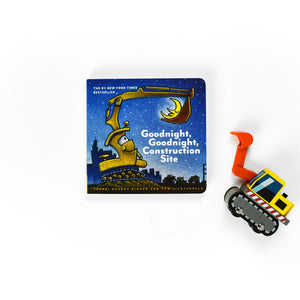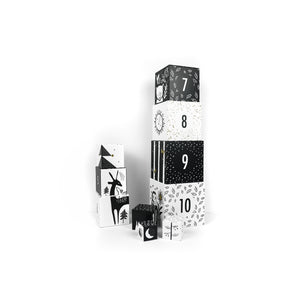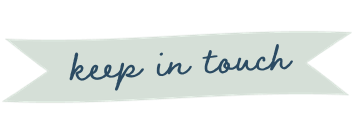If your home is like ours, you have play “stations” set up in various places. The nursery, the playroom, our living room, and even the upstairs hallway have designated corners where our toddler can play. This allows us to go about our day accomplishing things we need to get done, while keeping him occupied. Plus, moving to a new location gives him a new set of toys to pique his interest.
The nursery, the playroom, our living room, and even the upstairs hallway have designated corners where our toddler can play.
At 16 months old, our son was showing some definite preferences for certain types of toys and activities. Too old for simple rattles, but not quite ready for complicated Lego sets, here are a few fun toys that struck the right chord.
Puzzles
Puzzles were a hit from the start. Sets with large pieces in small numbers - think nine pieces to complete the entire puzzle - kept our 16-month-old occupied for large chunks of time. Even giving him just two pieces to continuously put together and take apart became a fun game. Wooden puzzles with pieces that match up to their shape were also a big hit. (Below, Tender Leaf Toys' Touchy Feely Animal Puzzle)
Magnets
Before our son was old enough to help with dishes the best way to keep him occupied during meal clean-up was with a set of magnets stuck to the front of the dishwasher. He would take them on and off, put them in new arrangements, and try to stick them on other things. We switched them out every few weeks to keep him interested and learning about new shapes, sizes, and animals.
Shoes
When our son started walking and exploring our house, I was tempted to tuck all of our shoes away in a closet, but they turned out to be some of his favorite playthings. We used them to teach commands (“Go get your shoes!”) and when he was feeling adventurous, he would slip his foot into his dad’s sandal and carefully navigate the living room. We figured he was learning valuable gross motor skills with this silly-looking activity.
Animals
As we developed our son’s language and communication skills, we found animals to be a great tool in that process. We had a set of realistic barn animals with which to practice “moo” and “baa” throughout our playtime. Then we worked on directions such as, “Where does the horse go?” while placing him in the barn. (Below, Tender Leaf Toys' Stables playset)
Containers with Lids
One afternoon our son needed something to occupy him for a short time. My mother grabbed an empty (clean) Cool Whip container and lid that was destined for the recycling bin. It became his number one toy for the day. He put the lid on and took it off, over and over. He put things inside. He dumped things out. You never know what might spark imagination in a young toddler.
Stacking cups/blocks/cubes
Gross motor skills and hand-eye coordination are still coming together at this age, and practicing with items that stack helps both of those skills. A simple set of stacking cups can also facilitate a mystery game, by hiding objects underneath. We were impressed with the other items our son tried to stack once we got him going.
Books
We tried to incorporate books and reading into our daily routine starting in infancy. At 16-months-old, our toddler was associating books with hearing stories, and also enjoyed playing with them on his own. Board books were created for a reason! Sometimes he was tough on them, flipping the pages aggressively, but it became clear which were his favorites.
Top image credit Charlie Little Photography
-




